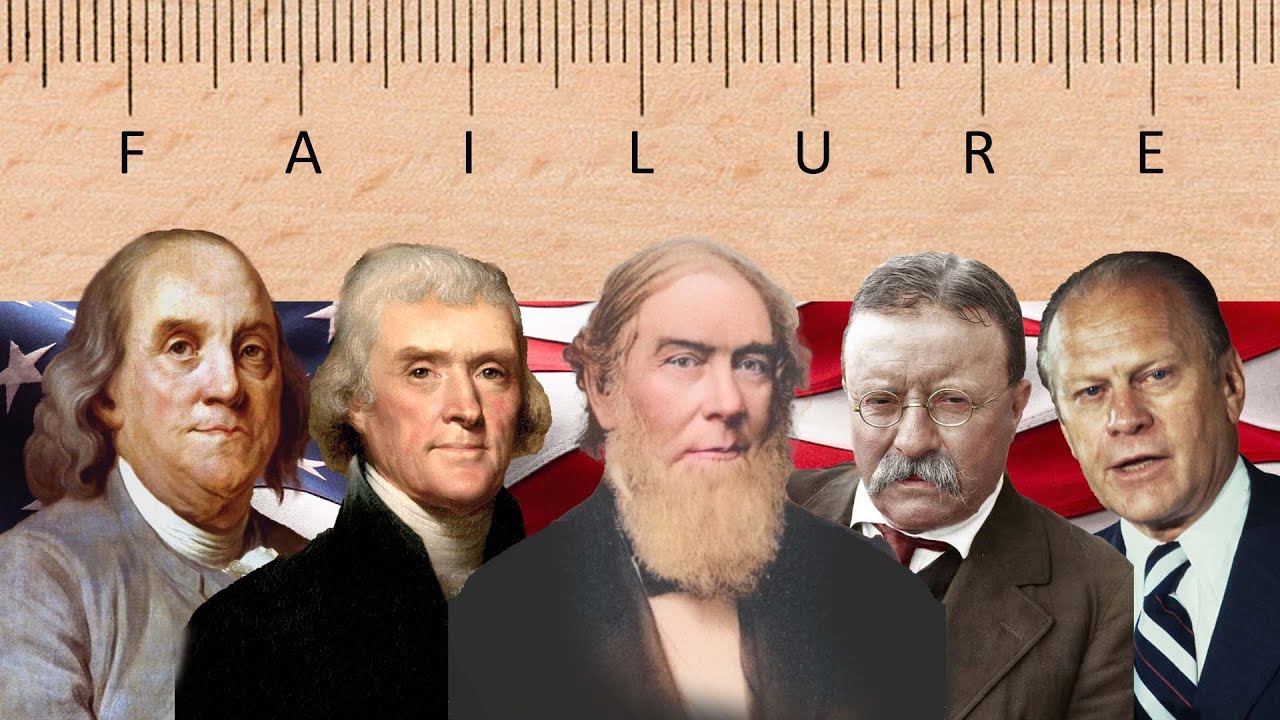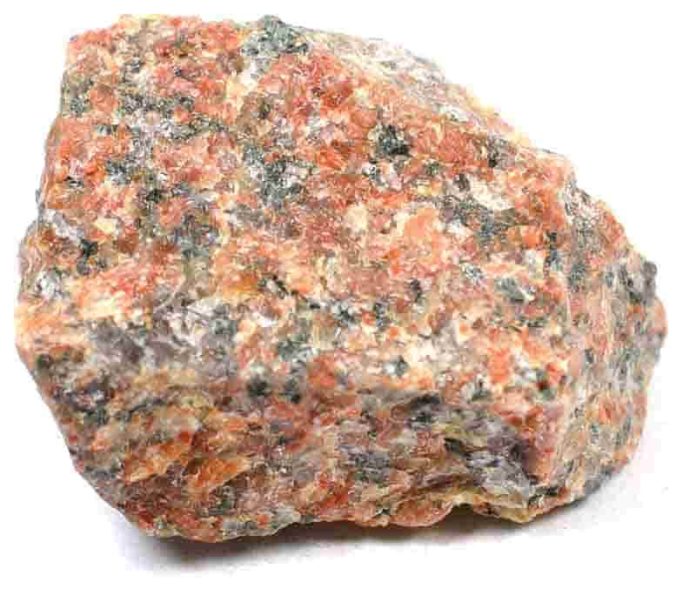The US has no issue with the metric system, and most engineering and scientific people switched decades ago. The military is mostly all metric too. The general public of the US is a harder nut to crack, asking a population of stubborn freedom lovers to change something they’ve known their whole life is damn near impossible.
I switch my stuff to metric all the time, and the usual response isn’t “oh that’s interesting”, it’s nearly always, “the fuck is wrong with you, why would you want that weird shit?!”. If the government suddenly made all weather reports metric, the T-Shirt sellers would all become millionaires overnight from selling anti-metric slogans.
So, what I’m hearing is to get some dropship tshirt designs, and get AI to publish a load of articles about how Dems are pushing metric…
Damn, why do I have morals?
“Don’t give them an inch”
These anti-metric slogans practically write themselves.
Swap either:
- Dems for Reps, or
- metric for imperials
- . . .
- Profit
Americans: go pick up the closest consumer packaged good within reach. You will find it is labeled with metric.
It would be nice to get highway signs in both units, though with Google maps obeying whatever’s selected in your settings, that matters less than ever. Some woodworking stuff is just too far gone down the imperial hole and will never come back. But other than such odd niches, you can live a metric life in the US without much trouble.
Americans: go pick up the closest consumer packaged good within reach. You will find it is labeled with metric.
Yes, but that’s likely because they want to sell it in Canada without changing the packaging design, isn’t it? Even if they have to put French on the other side for Canada, it’s cheaper in terms of development to have a single English design for both the U.S. and Canada, so it will be labeled in both Imperial and metric.
Americans use metric system for measuring bullets
And drugs!
And 2 liter bottles of soft drinks.
No? Caliber is based on the inch
Haven’t watched the video, but as someone who works in industry in the US I think the consumer side of a metric switch is the lowest barrier to entry. A much bigger hurdle is the fact that almost all of our raw industrial inputs are built on the imperial system. Need to buy raw plate or bar stock to have something built? It’s sized in imperial. And if you want to source metric you’re either going to have to pay more for it or look outside the US. And after that raw stock is purchased and you send it to a machine shop that machine shop is almost certainly using exclusively imperial tooling and measurement equipment. You can do the fake metric thing that some companies do where you dual dimension all of your drawings, but those companies will usually still design to imperial so their parts can be fabricated in the US.
I’m absolutely not opposed to a switch to metric. I still perform most of my calculations in metric and then convert to imperial just for ease and because that’s how I was taught in school. But it’s certainly much more difficult than just deciding one day that we’re all going to switch.
heres my question. What do they use for a wood 2x4 in metric countries? And does the size actually match the name (unlike the US).
90mm x 45mm is what’s available near me for framing timber. And yes it’s more accurate.
Millimetres in general are used heavily in construction, everything is stated in them, even into the thousands where people normally would have switched to metres.
Millimetres in general are used heavily in construction, everything is stated in them, even into the thousands where people normally would have switched to metres.
Similar thing in the US but with inches vs feet. In framing, no one would ever call for a “3 foot 2 and a half inch block,” it’s just “38 and a half”
One yard two and a half inches.
This unreasonably upsets me. Haha
America: Our shit doesn’t make sense and we like it that way.

As I see it, the problem is that for the vast majority of people in the U.S. there is no compelling reason to change. People rarely need to convert units and rarely (but more often thanks to social media) need to talk to anyone who uses metric. I see it as a cultural quirk not unlike a dialect.
Of course for science, industry, and other situations where conversion, accuracy, and international communication are involved it very much matters and U.S. needs to use metric as much as possible.
It would be an easy switch for me outside of speed and temperature.
I think farenheight makes the most sense when it comes to describing a comfortable temperature. Baking , computers, and what-not, celsius makes more sense.
Speed, well, that’d take me a long time to get used to.
Measuring for home projects and the like wouldn’t be difficult as I had already made that switch at my last job.
Eh American temperatures just sound confusing.
I’ll see headlines like “Record breaking weather over 104 degrees “ and think holy shit people must be dying, and it’s just like only bloody 40 degrees.
I just think of it like this. 0 is fucking cold, 100 is fucking hot. It’s the easiest for me to describe comfort levels according to temperature.
72 is room temperature, so anything above, it’s time to start taking clothes off. Anything below it’s time to start putting more on.
32 is around about where water freezes so if it gets close to that, time to make sure pipes are wrapped and plants are inside. Only really have to worry about that one time a year though.
one time a year though.
One time… Like late November to early March.
I only have to worry about the change once a year as far as major things go. Which is what I was alluding to.
Comfort levels? I usually wear a hoodie with 1-2 layers down to 32, then my coat for everything below that with layers added the colder it gets.
I live in Michigan so the transition seasons are a crap-shoot on what you’ll need to wear that day anyways so I have to keep clothes in my car either way temperature is measured.
“Making sense” is probably a habit, but all the units in Si are made so they are easy to convert to and from. Temperature included. So there’s practicality tied to it. Just like 1l of water is also 1kg of water, which is also 1000cm³ of water. Same thing goes with temperature where Celsius is tied to transition states of the water, 0° for freezing, 100°C for boiling/gas. But it’s not as tightly related as other units and even more rarely used for conversion. For us in the Si world it makes sense because everything is in scales of 100 or 1000, with definite start and end.
Freedom units
There would be mass confusion if the US went metric.
Seemed to work fine everywhere else.
In the US it’d be attacked as un-American and as part of the “culture wars” the US right wing seem to imagine. The government would be attacked for taking away “freedom units”.
Electoral reform with proportional representation would be better priority so government can reflect the majority, and not the noisy fringes.
I fully agree, but I think it is time to metricate on an individual level. Just live your life as metric as possible. Even in America life is easier using meters when you get a say even when you’re the only one doing it. We’re already halfway metric as is.
There’s mass confusion now. It’s why industry by industry is voluntarily metricating. Most famously American aerospace used US Customary until a conversion error crashed a Mars mission.












